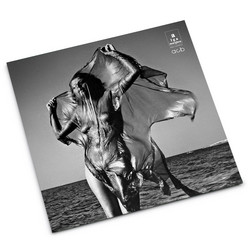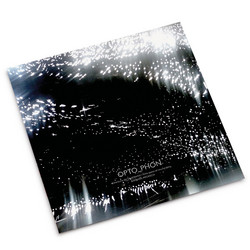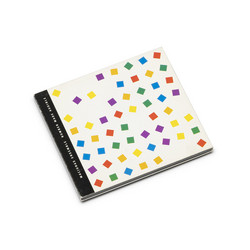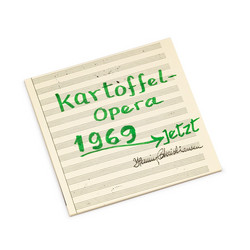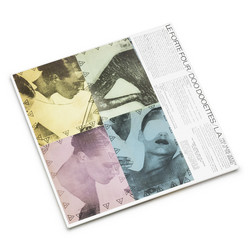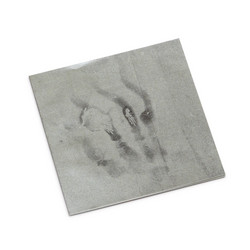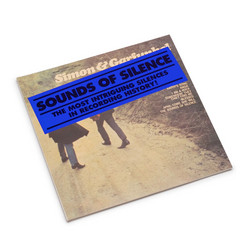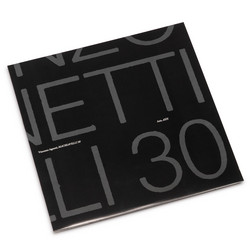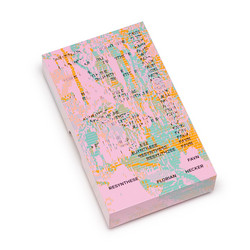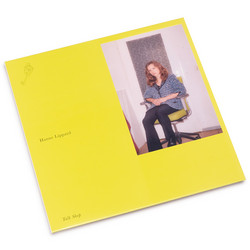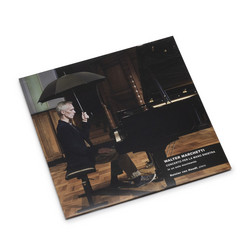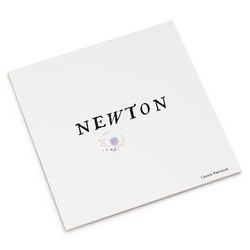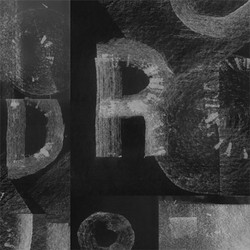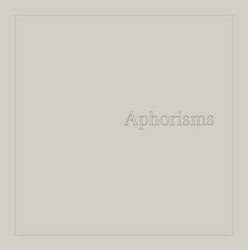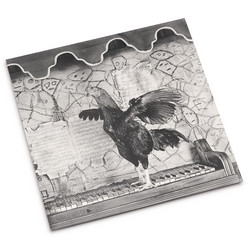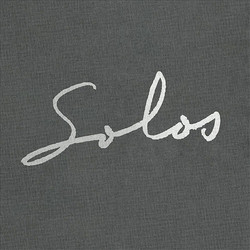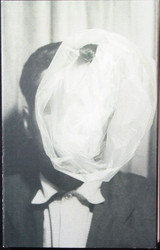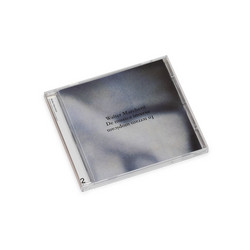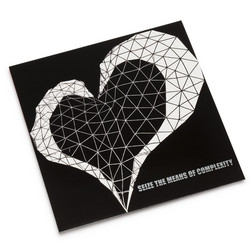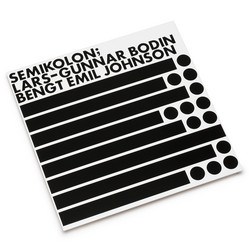In 1971 Antonio Dias (Brazilian, 1944–2018) produced Record: The Space Between, a vinyl LP audio project, in an edition of just 180 copies numbered and signed by the artist. Both the cover and the LP itself were unconventional: eschewing the traditional paperboard jacket, the record was enclosed in a padded brown-paper mailing envelope, to which Dias affixed a photograph and a rubber-stamped title, a gesture toward mail art, which was bourgeoning as its own distinct medium at that time. The album went on to become internationally influential and has been included in important surveys of the record as a medium, yet it remains a work more frequently referred to than actually heard.
The original LP was conceived during Dias’s brief stint in London, before the artist—who was living in Milan, where the recording took place—moved to New York for a Guggenheim Fellowship. This was the period of his most intense artistic experimentation, when he expanded his practice—previously limited to painting and sculpture, for which he was well known—to include audiovisual mediums and technologies such as Super 8 films, video, in situ installations, and artists’ books. This was also the year in which Dias inaugurated The Illustration of Art, a series of works that looked critically at art systems through signs and language. The series was hailed as groundbreaking and forms a central part of the artist’s legacy.
The idea for Record: The Space Between, the artist said, “emerged from waiting for the birth of my daughter. From the room next to where my wife was in labor, I could hear two alternating sounds: her breathing and the tic-tac of a clock. I imagined a way to show this situation, and it could only be through the recording of an LP.” Dias structured the record to feature one of those two sounds on each side: side A, titled The Theory of Counting, features a ticking alarm clock; side B, titled The Theory of Density, is a recording of the artist drawing and expelling breath between intervals of silence, producing a transfixing continuum.
Dias later described the record as “an exercise on sculpture, that took place when—hypothetically—the sounds of the two sides of the record were allowed to interpenetrate, causing the disappearance—still hypothetical—of the material support.” Although it is his sole audio work, the LP represents a profound moment of artistic experimentation: a meditation on the idea of space constructed by time and sound. MoMA’s reissue of this early work, begun in collaboration with the artist and released a few months after his death, takes on an unexpected commemorative interpretation, invoking both the continuous breathing that sustains life and the ticking of our biological clocks. As a document of life and death, Record: The Space Between could be said to engender an imaginary immortality or, perhaps, a state of neither existence nor nonexistence—a space between.
This vinyl record has been reissued in a limited edition of 500 copies by MoMA/MoMA PS1 Records, made from Dias’s original master disks of 1971. The LP is inscribed “30-12-71,” which indicates that it was probably recorded that day, December 30, 1971, at Fontana S.A.S. Studios (as noted on the cover) and pressed by Ambrosio Discografica, in Milan.
